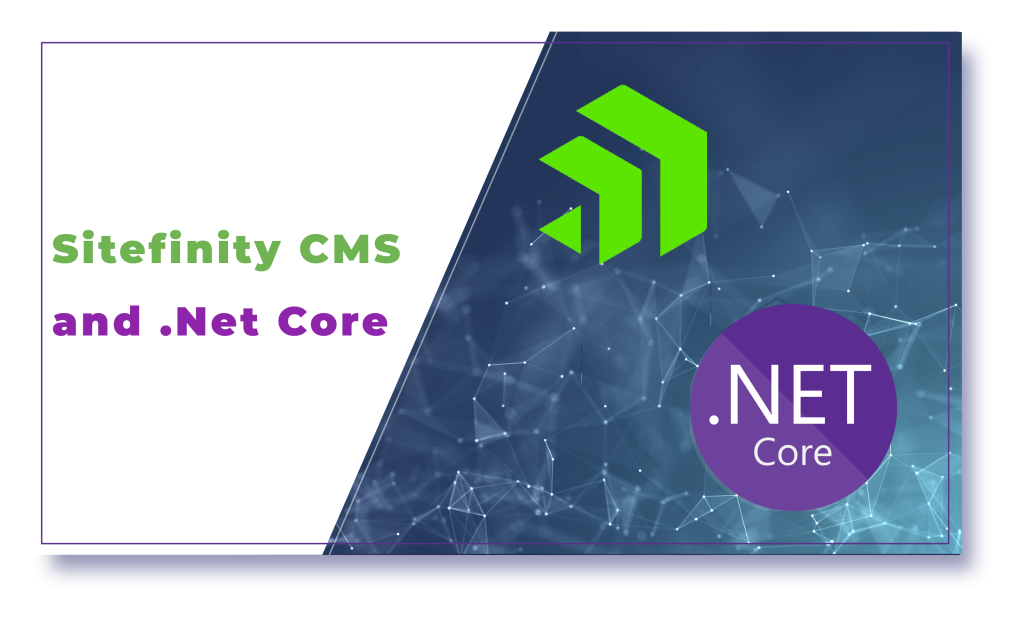
Sitefinity is highly regarded to be one of the most effective CMS platforms of today. The popularity and acceptance it holds can be highly contributed to the ease and convenience it offers during the development phase. At the same, it is not like any other CMS platform, but on the other hand, CMS is much more advanced in terms of functions and standards.
This is mainly achieved through the highly functional architecture and structure that builds up Sitefinity. But have you ever wondered what allows you to build these websites in Sitefinity with a simple drag-and-drop method? Well, this is exactly what we are trying to focus on in this article. We will be attempting to understand what role does .Net Core play in Sitefinity CMS making it the favorite choice of the Progress Sitefinity team.
An Overview of .Net Core
As you might already know by now, Sitefinity as a CMS platform possess a multi-tier architecture to it. As a result, it allows people to adopt approaches like decouples CMS or even Headless CMS when it comes to presentation. The templates and widgets that one uses to develop the perfect structure for their respective websites are built using .Net Core in Sitefinity.
It is one of the most preferred choices by the Progress Sitefinity team. This is because .Net Core comes with a feature-rich framework that is robust in nature. What makes it even more attractive is that it offers the perfect features when one attempts to develop APIs faster for web applications. It is made available for OME, PE, and Enterprise Sitefinity licenses.
Why go with ASP.NET Core?
Just like what we mentioned earlier, .Net Core is rich in features. Developed by Microsoft. .Net Core has a cross-platform framework and is open-source as well. The way it outshines and comes up in the league is because it is a combination of the Web API and MVC structure to one singular framework making a complete revamp out of ASP.NET.
Since .Net Core is a cross-platform framework you can conveniently run it on Windows, Linux, or macOS, and as we mentioned earlier, developers will find it easier and faster to deliver the APIs. With its robust performance, async operations, quicker compilations, and top-notch tools, it has become an obvious and previous choice for Sitefinity CMS development.





